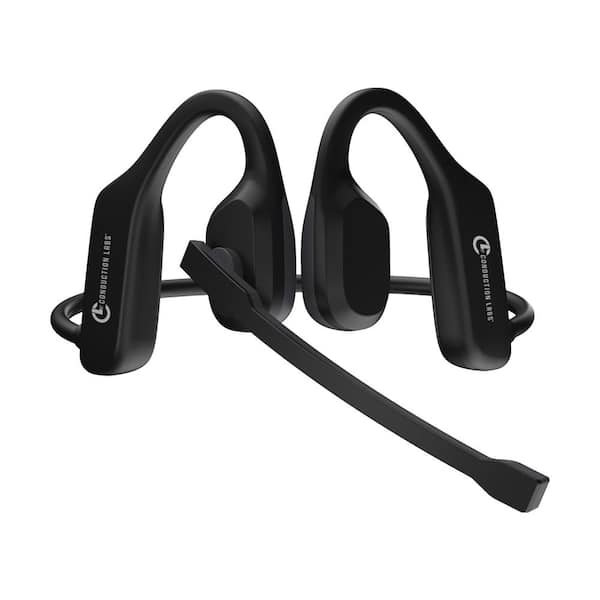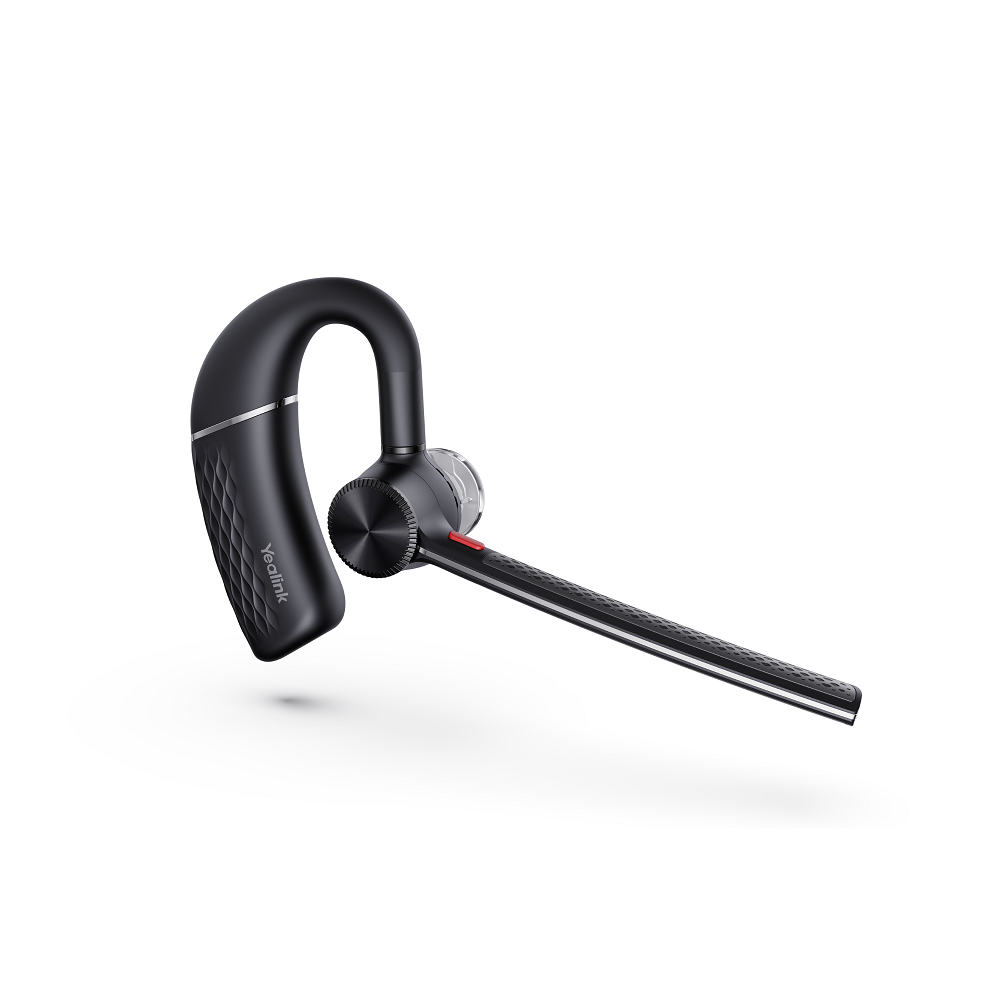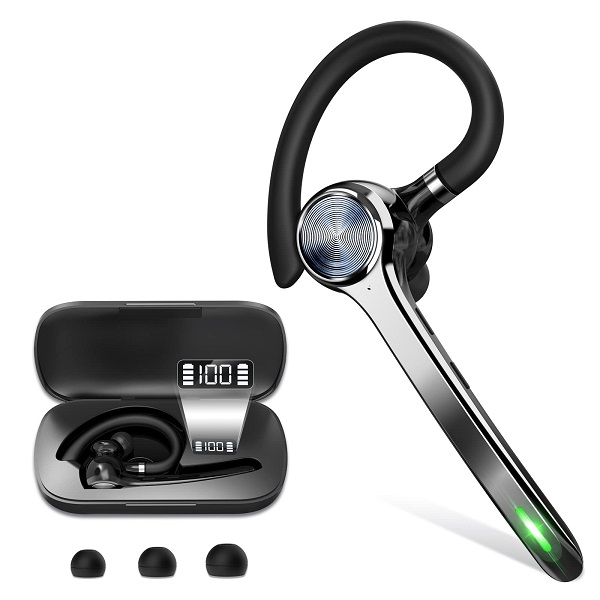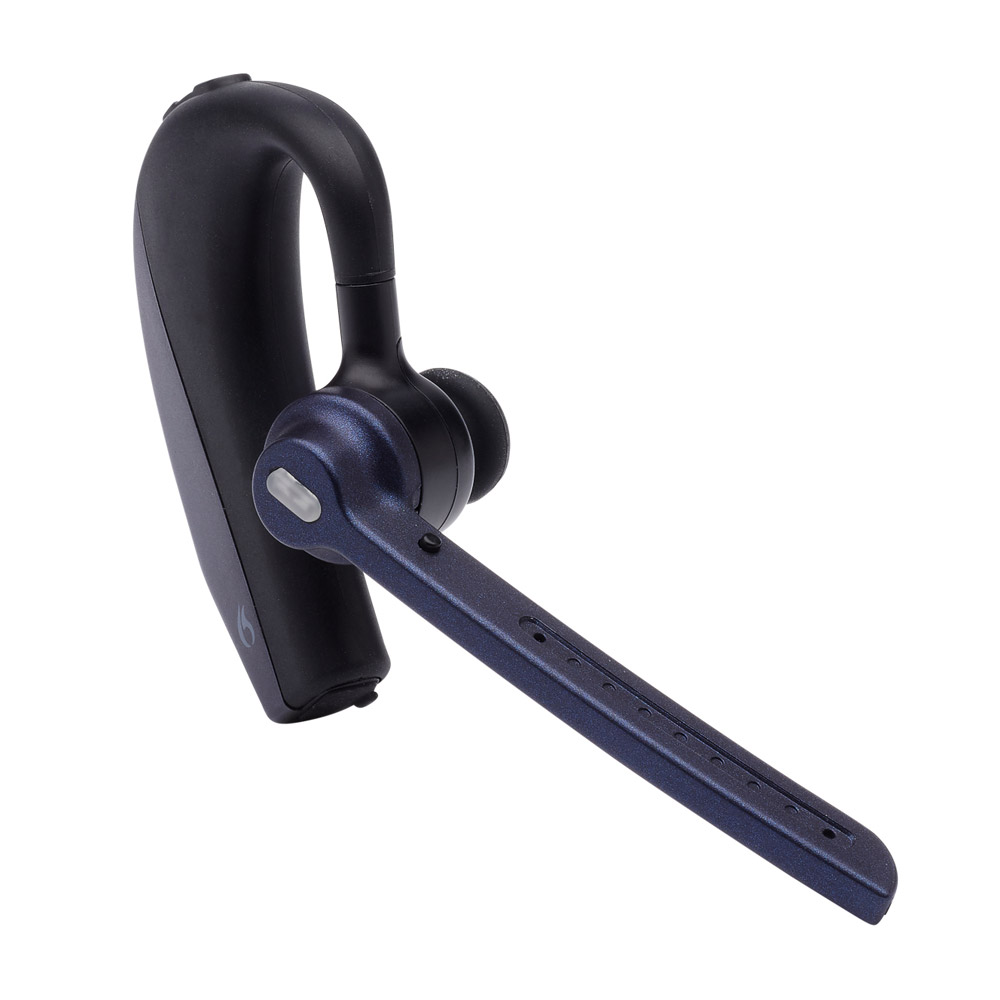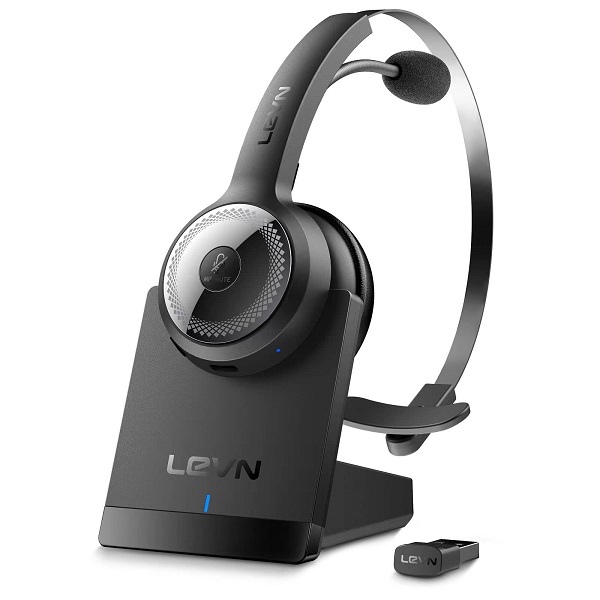Introduction to Headsets
Headsets have become an integral part of modern life, serving a multitude of purposes across different sectors. From casual listening to professional communication, the humble headset has evolved significantly over the years. Initially designed for gaming enthusiasts and audio professionals, headsets now cater to a broader audience, including remote workers, students, and everyday consumers. Understanding the various types of headsets, their functionalities, and how to choose the right one can greatly enhance your audio experience.
The Evolution of Headsets
Headsets have undergone remarkable transformations since their inception. The earliest headsets were bulky and primarily used in aviation and military applications. These early models were cumbersome, offering limited sound quality and comfort. However, as technology advanced, so did the design and functionality of headsets.
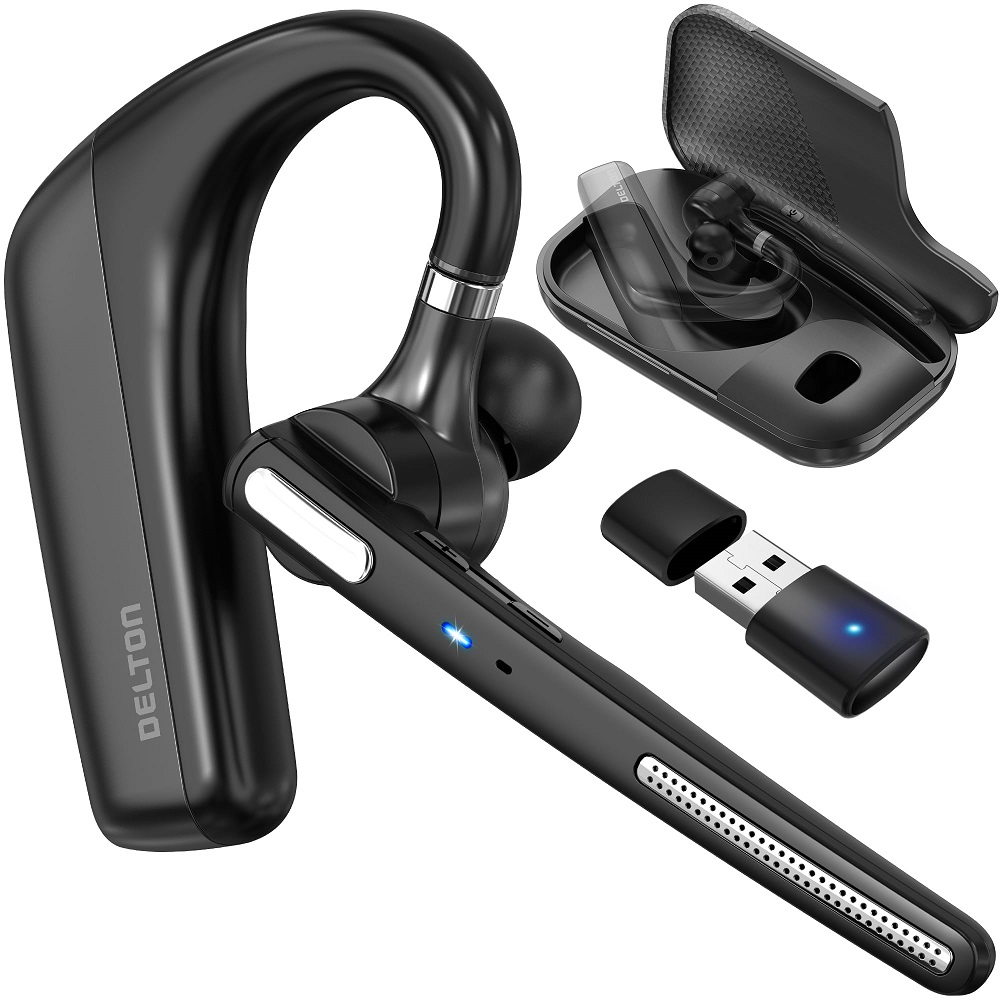
The 1970s and 1980s saw the introduction of headsets in consumer electronics, particularly with the rise of personal computers and telephone communication. These headsets were primarily used for telephony and had rudimentary sound capabilities. The advent of digital technology in the late 20th century marked a significant milestone, enhancing sound quality and introducing features like noise cancellation.
The 21st century has witnessed a boom in headset innovation, driven by the gaming industry’s exponential growth and the increasing demand for high-quality audio in virtual meetings. Modern headsets come equipped with Bluetooth connectivity, advanced microphones, customizable sound profiles, and ergonomic designs tailored for prolonged use.
Types of Headsets
Understanding the different types of headsets is crucial for selecting the right one to meet your needs. Headsets can be broadly categorized based on their design, connectivity, and intended use.
Wired vs. Wireless Headsets
One of the primary distinctions among headsets is their connectivity: wired or wireless.
Wired Headsets: These headsets connect directly to devices using cables, typically through USB or 3.5mm audio jacks. Wired models are often preferred for their reliable connection and superior sound quality. They are ideal for environments where consistent performance is critical, such as professional audio production or competitive gaming. Additionally, wired headsets do not require charging, eliminating the worry of battery life during extended use.
Wireless Headsets: Wireless headsets offer greater mobility and convenience, connecting to devices via Bluetooth or other wireless technologies. They are popular among consumers who prioritize freedom of movement, such as those using headsets for workouts, commuting, or remote work. Advances in wireless technology have significantly improved sound quality and reduced latency, making wireless options increasingly viable for tasks that previously required wired connections. However, they do require regular charging and may experience connectivity issues in environments with multiple wireless signals.
Over-Ear, On-Ear, and In-Ear Headsets
Headsets also vary based on how they fit around or inside the ears.
Over-Ear Headsets: These headsets feature large ear cups that envelop the ears entirely, providing excellent sound isolation and comfort. They are favored for their superior sound quality and are commonly used in professional audio settings, gaming, and by audiophiles. The over-ear design helps reduce external noise, allowing users to immerse themselves fully in their audio experience.
On-Ear Headsets: On-ear headsets rest directly on the ears without surrounding them completely. They are generally lighter and more portable than over-ear models, making them suitable for users who need a balance between comfort and portability. While they offer decent sound quality, they may not isolate external noise as effectively as over-ear headsets.
In-Ear Headsets: Also known as earbuds, in-ear headsets are small and fit directly into the ear canal. They are highly portable and convenient for on-the-go use. In-ear headsets are popular among athletes and commuters due to their lightweight design. While they offer good noise isolation, especially with the use of ear tips, they may not provide the same level of sound quality or comfort during extended use as larger headset types.
Key Features to Consider
When selecting a headset, several features can significantly impact your user experience. Understanding these features helps in making an informed decision based on your specific needs.
Sound Quality
Sound quality is paramount, whether you’re gaming, engaging in virtual meetings, or enjoying music. Look for headsets with a wide frequency response range, typically from 20Hz to 20kHz, which covers the spectrum of human hearing. Additionally, check for features like surround sound for an immersive experience, especially in gaming headsets. High-definition audio drivers and support for audio codecs like aptX or AAC can also enhance sound fidelity.
Comfort and Ergonomics
Since headsets are often worn for extended periods, comfort is crucial. Features to consider include adjustable headbands, cushioned ear cups, and lightweight materials. Ergonomic designs help reduce strain on the head and ears, making prolonged use more comfortable. Some headsets offer modular components, allowing users to customize or replace parts for better fit and comfort.
Microphone Quality
For headsets used in communication, a high-quality microphone is essential. Look for headsets with noise-canceling microphones that filter out background noise, ensuring clear voice transmission. Features like mute buttons and adjustable microphone positioning add to the convenience and functionality.
Battery Life (for Wireless Headsets)
Battery life is a critical factor for wireless headsets. Longer battery life means fewer interruptions and less frequent charging. Look for headsets that offer at least 15-20 hours of continuous use on a single charge, especially if you plan to use them for long gaming sessions or all-day virtual meetings.
Connectivity Options
Ensure that the headset’s connectivity options align with your devices. While most modern headsets support Bluetooth, some also offer USB or 3.5mm connections for wired use. Multi-device connectivity is beneficial if you intend to switch between different devices seamlessly.
Durability and Build Quality
A sturdy build ensures that your headset can withstand regular use without breaking down. Check for quality materials, reinforced cables (for wired models), and robust joints. Some headsets also come with detachable cables, allowing for easy replacement if damaged.
Additional Features
Many headsets come with extra features that enhance functionality and user experience. These may include:
- Active Noise Cancellation (ANC): Reduces ambient noise for a more focused listening experience.
- Customizable Sound Profiles: Allows users to adjust audio settings to their preference.
- RGB Lighting: Popular in gaming headsets for aesthetic customization.
- Software Integration: Provides advanced control over headset settings through dedicated applications.
Applications of Headsets
Headsets serve a wide range of applications across various domains. Understanding these applications can help you choose a headset tailored to your specific needs.
Gaming
Gaming headsets are designed to provide immersive audio experiences, enhancing the overall gaming environment. They often feature surround sound, customizable sound profiles, and high-quality microphones for clear communication with teammates. Comfort is also a priority, as gamers may wear headsets for extended periods.
Professional Communication
In professional settings, especially with the rise of remote work, high-quality headsets are essential for virtual meetings and conferences. These headsets prioritize microphone quality and noise cancellation to ensure clear voice transmission and minimize background distractions. Additionally, comfort and durability are important for users who wear headsets throughout the workday.
Music and Entertainment
For audiophiles and casual listeners alike, headsets provide a personal listening experience. High-fidelity audio, deep bass, and clear treble are key features sought after in this category. Over-ear and in-ear models are popular for their ability to deliver rich sound quality and immersive experiences whether listening to music, podcasts, or watching videos.
Education
With the increase in online learning, students and educators rely on headsets for virtual classrooms, webinars, and collaborative projects. Comfortable, reliable headsets with good microphone quality are essential to facilitate clear communication and effective learning experiences.
Fitness and Sports
Headsets designed for fitness activities prioritize a secure fit, sweat resistance, and durability. In-ear models are particularly popular in this category, as they stay firmly in place during vigorous movements and provide a lightweight, unobtrusive design.
Choosing the Right Headset
Selecting the right headset involves evaluating your specific needs, preferences, and budget. Here are some steps to guide you through the selection process.
Identify Your Primary Use
Determine how you plan to use the headset most frequently. Whether for gaming, professional communication, music, or fitness, identifying your primary use will help narrow down the options and focus on features that matter most for that application.
Set a Budget
Headsets come in a wide range of price points. Setting a budget helps streamline your choices and ensures you get the best value within your financial constraints. Remember that higher-priced models often offer superior sound quality, durability, and additional features, but there are also affordable options that provide excellent performance for their price.
Research Brands and Models
Researching different brands and models can provide insights into the best options available. Look for reviews and ratings from reputable sources and user feedback to gauge performance, reliability, and customer satisfaction. Brands like Sony, Bose, Sennheiser, Logitech, and HyperX are well-regarded in the headset market for their quality and innovation.
Try Before You Buy
If possible, try out headsets before making a purchase. Testing them for comfort, sound quality, and microphone performance can help ensure they meet your expectations. Visiting a store or borrowing from friends can provide hands-on experience with different models.
Consider Future Needs
Think about potential future needs when selecting a headset. Features like upgradable parts, software support, and compatibility with various devices can extend the lifespan and versatility of your headset, making it a more worthwhile investment.
Conclusion
Headsets play a vital role in enhancing our audio experiences across various aspects of daily life, from work and education to gaming and entertainment. By understanding the different types of headsets, key features to consider, and the specific applications they serve, you can make an informed decision that aligns with your needs and preferences. Whether you prioritize sound quality, comfort, durability, or advanced features, there’s a headset out there designed to elevate your auditory experience.
